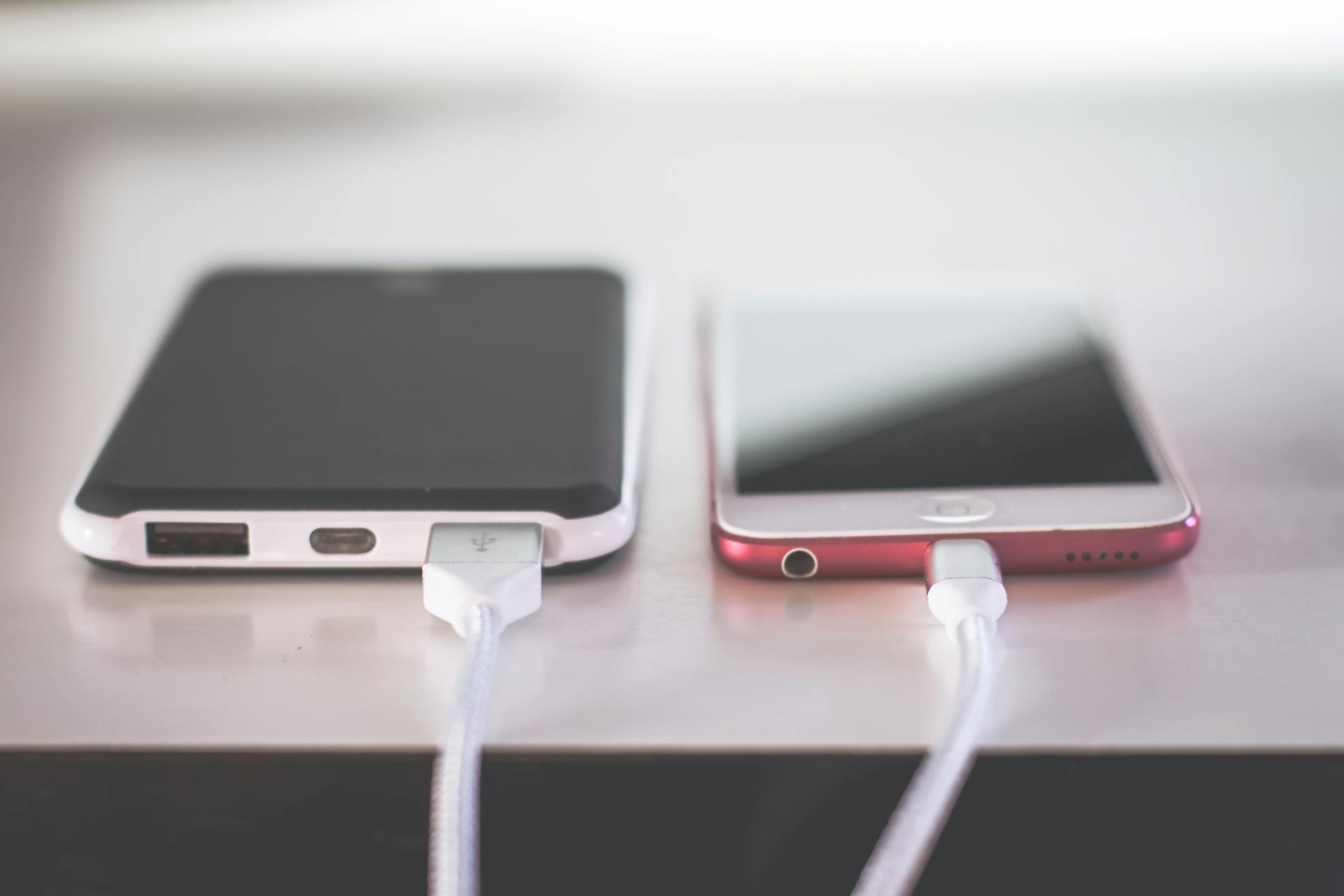

Question: Does Leaving a Plug in a Socket Use Electricity?
Answer: Leaving a plug in a socket generally uses a negligible amount of electricity unless the device is turned on or features “phantom load” capabilities. Most modern devices don’t consume significant power when off.
Phantom Power: Understanding Energy Consumption in Your Home
Does leaving a plug in a socket use electricity? This common question often sparks debate. While the answer might seem straightforward, the reality is more nuanced. Understanding how electricity works in your home can help you make informed decisions about energy consumption and potentially save money on your utility bills.
Does Leaving a Plug in a Socket Use Electricity?
The short answer is: it depends. Simply having a plug inserted into an outlet, without anything connected to it, does not consume a significant amount of electricity. Think of it like a closed water tap – the potential for flow exists, but no water passes through until you open the tap. Similarly, the electrical circuit is complete only when a device draws power.
However, many modern devices utilize “phantom loads” or “standby power.” This refers to the electricity consumed by electronics even when they are turned off but still plugged in. These devices maintain certain functions, such as the ability to respond to remote controls or display the time, which requires a small but constant draw of electricity.
Click here for more information on how to find a real estate agent in Orangeville
Related Article: Does Unplugging Appliances Save Electricity?
Related Article: What Should I Turn Off to Save Electricity?
Measuring Phantom Loads
Curious about the extent of phantom loads in your home? You can use a wattmeter or energy monitor to measure the electricity consumption of individual devices. Simply plug the device into the wattmeter and then into the outlet. The wattmeter will display the power consumption in watts, even when the device is turned off.
Minimizing Phantom Load Consumption
Reducing phantom loads is a straightforward way to conserve energy and lower your electricity bill. Implementing these practical strategies can make a noticeable difference:
Unplug Devices:
The simplest and most effective way to eliminate phantom loads is to unplug devices when not in use. This practice is especially beneficial for devices used infrequently.Utilize Power Strips:
Power strips offer a convenient way to control multiple devices at once. Switching off a power strip effectively cuts power to all connected devices, eliminating phantom loads collectively.Employ Smart Power Strips:
Smart power strips take energy management a step further. Some models detect when a device is in standby mode and automatically cut power, while others allow for remote control via smartphone apps.Consider Energy-Efficient Devices:
When purchasing new electronics, look for models with low standby power consumption. Energy Star certified products often meet stringent energy efficiency standards.Establish a Routine:
Develop a habit of unplugging devices or switching off power strips before leaving home or going to bed.
The Cumulative Effect of Small Savings
While the energy consumed by individual devices in standby mode may seem negligible, the cumulative effect of numerous devices throughout your home can add up. By taking proactive steps to minimize phantom loads, you can contribute to a more sustainable lifestyle and potentially reduce your monthly energy expenses. Every little bit helps, and over time, these small changes can result in significant savings.
Conclusion
The question of whether leaving a plug in a socket uses electricity necessitates a nuanced understanding of phantom loads. By actively managing the power consumption of your devices, you can exercise greater control over your energy usage and contribute to a greener future. Unplugging chargers, utilizing power strips, and opting for energy-efficient devices are simple yet impactful steps toward a more sustainable and cost-effective approach to energy management. [ 1 ]
References
1. https://www.inspirecleanenergy.com/blog/sustainable-living/does-unplugging-appliances-save-electricity


